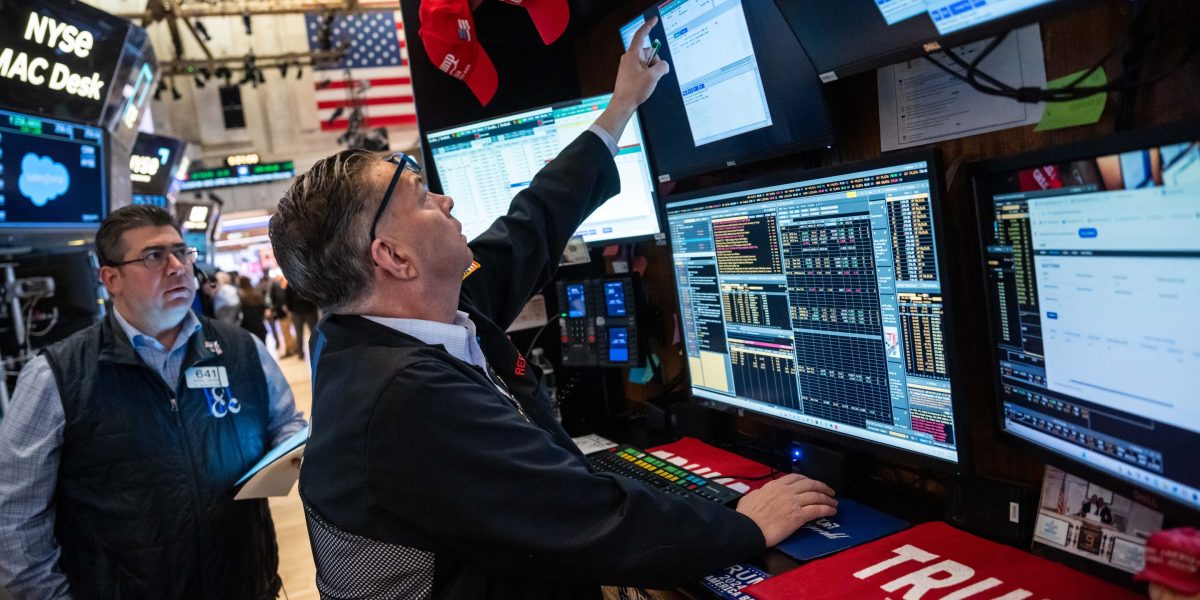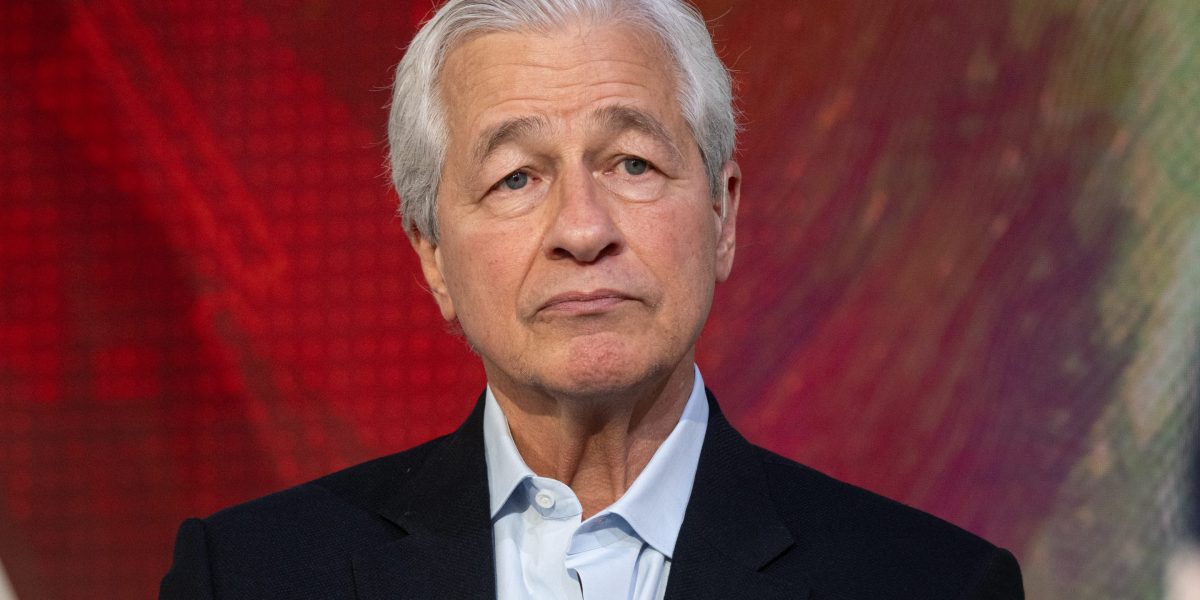- Richard Branson took issue with President Donald Trump’s tariff policy for being “erratic” and upending a good economy. The tariffs risked stoking inflation across the U.S., which would only make the Federal Reserve less likely to cut interest rates, which is what Trump wants, Branson said. Continuing the policy, he added, could risk rearranging the global economy as other countries exclude the U.S. from trade.
British billionaire Richard Branson renewed his criticism of President Donald Trump’s tariff policies.
Having previously called the widespread tariff policy, which targets practically every country in the world, a “mistake,” Branson lately labeled it “erratic and unpredictable” at an event Wednesday at London’s Heathrow Airport for his airline, Virgin Atlantic.
In his remarks, Branson lamented that Trump’s tariff policies upended what had otherwise been a strong global economy.
“It’s just such a pity, because everything was going so bloody well up to about three months ago,” he said.
Branson’s own company, the Virgin Group, saw its own businesses directly affected by the tariffs, he said. Virgin Group operates an array of businesses, some of which are particularly vulnerable to Trump’s tariffs and the ensuing economic downturn. For example, Virgin’s airline, health clubs, and cruises were “full” prior to the tariffs; now, business is just “okay,” according to Branson.
“If he continues he’s in such danger of doing so much damage in the world,” he said.
Trump’s announcement of the policy on April 2 immediately sent the global market into a tailspin. Equities across the world plummeted. In the U.S., virtually no corner of the economy was spared: Stock and bond prices fell, and the dollar weakened, plunging to a three-year low. Branson warned there was still more to come in the U.S.
“Inflation hasn’t started kicking in in America,” he said. “It will once these tariffs start kicking in.”
Tariffs are widely seen as inflationary because they raise the prices for importers, who then often pass those costs on to consumers. That expected inflation hasn’t yet been recorded in official economic data, but the threat of it has influenced the decision-making of key leaders in the corporate world and at the Federal Reserve.
Fed Chair Jerome Powell has refrained from further cutting interest rates because of the prospect inflation could come roaring back. That decision has infuriated Trump in recent weeks: He wants rates to come down, which he believes would spur economic activity that came to a halt after his tariff announcement. Branson believes Trump is unlikely to get what he wants.
“If Powell reduces interest rates, inflation will get even worse, so it’s unlikely that he is going to do what Trump wishes there,” Branson said.
Much of Trump’s inner circle backs the president’s hard-line stance on global trade. But those views are not widely shared among most Americans, Branson said.
“I honestly think this is a fairly small elite [group] of people around Trump,” Branson said. “I don’t think he is carrying the vast majority of Americans in what he is doing.”
In fact, most Americans were feeling the brunt of Trump’s trade policy, he added.
“Most American people are decent individuals,” Branson said. “I’m just sad, incredibly sad. And many, many, many Americans I know are just very sad.”
Trump has since pulled back on his initial policy that saw tariffs north of 10% levied on almost all of the U.S.’s trading partners. Earlier this month, Trump announced a 90-day pause on his tariff plans in order to begin negotiating trade deals with the other countries. Doing so was a smart move, according to Branson, so that the U.S. didn’t risk isolating itself from the rest of the world.
“You can see a world where Europe, Australia, Japan, Korea, Vietnam, China, all trade together and build a powerhouse in years to come,” he said. “There is a big market out there, which you could find America gets excluded from, a lot of imports and exports.”
This story was originally featured on Fortune.com
Source link


 Politics8 years ago
Politics8 years ago
 Entertainment8 years ago
Entertainment8 years ago
 Entertainment8 years ago
Entertainment8 years ago
 Entertainment8 years ago
Entertainment8 years ago
 Tech8 years ago
Tech8 years ago
 Tech8 years ago
Tech8 years ago
 Tech8 years ago
Tech8 years ago
 Tech8 years ago
Tech8 years ago






